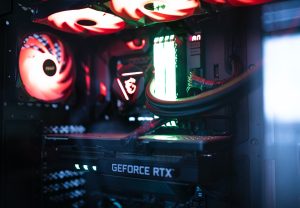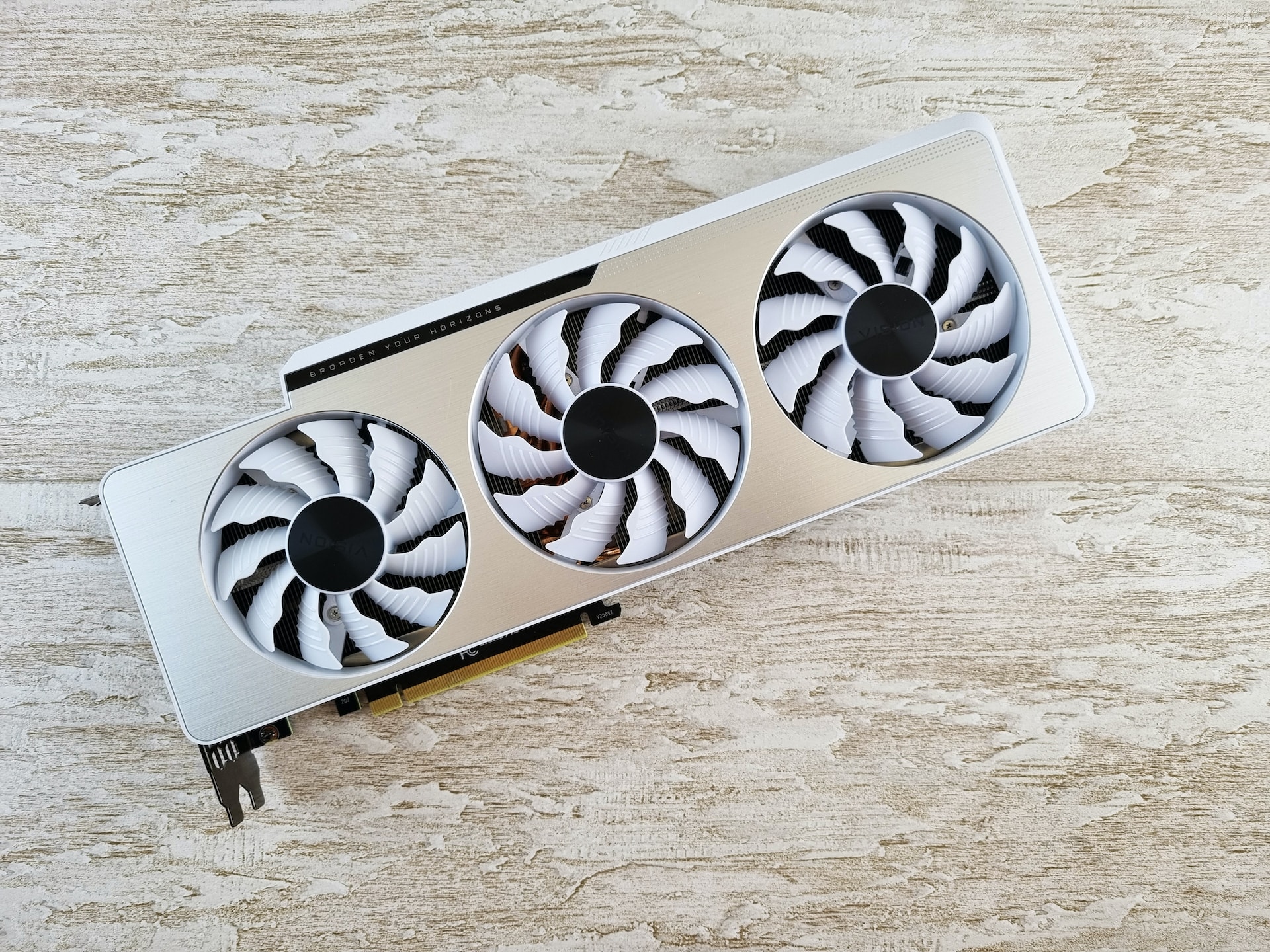Introduction: Non-Spinning GPU Fans
Graphics processing units (GPUs) are essential components for gamers, video editors, and other power users. They handle complex graphical computations, but their performance can be seriously impacted if the GPU fans stop spinning. Non-spinning GPU fans can lead to overheating, reduced performance, and potential hardware damage. In this article, we will explore seven fixes to help you address this issue and save your GPU from trouble.
Understanding the Importance of GPU Cooling
Before diving into the fixes, it’s crucial to understand why proper GPU cooling is vital. GPU cooling is necessary to dissipate the heat generated during intensive tasks. The fans play a key role in this process by expelling hot air and maintaining an optimal temperature for the GPU. When the fans fail to spin, the GPU can overheat, leading to thermal throttling and potential shutdowns to prevent damage.

Troubleshooting Non-Spinning GPU Fans
The first step in resolving the issue is to identify the root cause. Non-spinning fans can result from various factors, such as loose connections, driver issues, or faulty hardware. Begin by carefully inspecting the GPU and its connections to rule out any loose or damaged parts.
Fix 1: Checking Power and Connections
Ensure that the GPU is receiving sufficient power by verifying the PCIe power connectors. In some cases, a loose connector might cause the fans to stop spinning. If the connections appear fine, try reseating the GPU in its slot and ensure it is securely fastened to the motherboard.
Fix 2: Updating Graphics Card Drivers
Obsolete or corrupted graphics card drivers can cause various issues, including non-spinning GPU fans. Visit the official website of your GPU manufacturer to download and install the latest drivers for your specific model. Updating the drivers can often resolve fan-related problems.
Fix 3: Adjusting Fan Settings in BIOS/UEFI
Access your computer’s BIOS/UEFI settings to check the fan configuration. Some motherboards allow you to adjust fan settings, including fan speed and temperature thresholds. Make sure the settings are appropriate and not restricting the fan’s operation.
Fix 4: Cleaning Dust and Debris
Over time, dust and debris can accumulate on the GPU and its fans, hindering their movement. Turn off your computer, open the case, and carefully clean the GPU using compressed air or a soft brush. Removing the dust can improve fan performance and prevent overheating.
Fix 5: Replacing Faulty
Fans If none of the above solutions work, it’s possible that the fans themselves are faulty and need replacement. Contact the GPU manufacturer or a qualified technician to inquire about replacement fan options for your specific GPU model.
Fix 6: Monitoring GPU Temperature
Installing a GPU temperature monitoring tool can help you keep track of your GPU’s temperature. If you notice that the GPU is running excessively hot even after fixing the fans, it may indicate an underlying issue that requires professional attention.
Fix 7: Additional Cooling Solutions
To prevent future fan issues and maintain a cooler GPU, consider investing in additional cooling solutions. Upgrading the case fans, installing a GPU cooling block, or investing in a liquid cooling system are some effective methods to ensure optimal GPU temperature.
Conclusion:
GPU fans not spinning can be a frustrating and alarming issue, but with these seven fixes, you can rescue your GPU and restore its performance. Always prioritize proper cooling for your GPU to prevent overheating and extend its lifespan. Regular maintenance and monitoring are essential to ensure your GPU runs smoothly and efficiently during demanding tasks.










